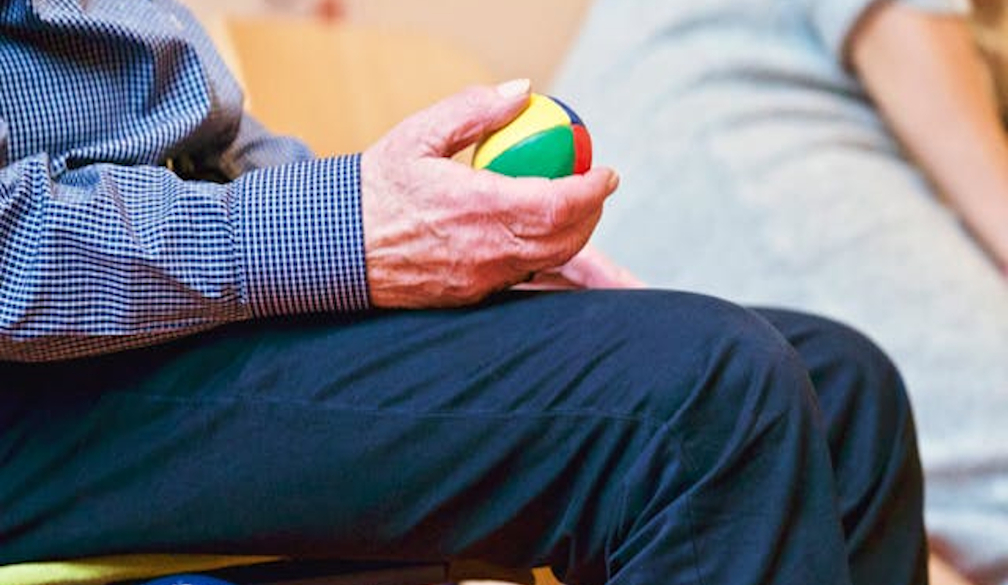What to Expect When Starting Therapy for Motor Disorders

Starting therapy for a motor disorder can feel overwhelming, especially if it’s your first time navigating neurological or physical rehabilitation. Whether you’re managing symptoms of Parkinson’s disease, cerebral palsy, dystonia, or another motor condition, knowing what to expect from therapy can help reduce anxiety and prepare you for progress. From personalised evaluations to hands-on treatments and collaborative care plans, this guide explains the therapy process step-by-step. With the right knowledge and expectations, you can begin this journey with confidence, trust in your care team, and a greater sense of control over your recovery and daily function.
Understanding Motor Disorders and Their Impact
Motor disorders affect the body’s ability to control movement, balance, and coordination. These conditions can be caused by neurological damage, genetic mutations, or trauma, and they often present with symptoms such as tremors, muscle rigidity, involuntary movements, or poor coordination. Common motor disorders include Parkinson’s disease, multiple sclerosis, cerebral palsy, Huntington’s disease, and essential tremor.
Living with a motor disorder can challenge your independence, mobility, and quality of life. Fortunately, therapy offers structured, evidence-based interventions that focus on restoring or improving movement and managing symptoms over time. One of the key goals of movement disorders treatment is to enhance functional ability in daily tasks—whether that’s walking unaided, improving fine motor control, or reducing tremors.
Step 1: Comprehensive Evaluation and Diagnosis
Therapy usually begins with a comprehensive evaluation conducted by a multidisciplinary team. This may include a neurologist, physical therapist, occupational therapist, and sometimes a speech-language pathologist. During this initial phase, you’ll undergo tests and assessments that evaluate:
- Range of motion and muscle strength
- Balance and coordination
- Posture and gait
- Fine motor skills
- Communication and swallowing (if affected)
- Cognitive function and emotional well-being
Based on these results, the team will create a personalised therapy plan tailored to your condition, symptoms, lifestyle, and goals. This initial assessment also sets a benchmark for measuring progress throughout your treatment.
Step 2: Setting Realistic Goals
Goal-setting is an essential part of therapy for motor disorders. Therapists work closely with patients and families to define short- and long-term goals that align with everyday needs and aspirations. These goals may include:
- Walking safely with or without assistive devices
- Reducing muscle spasticity or tremors
- Regaining hand coordination for tasks like writing or cooking
- Improving balance to prevent falls
- Enhancing speech clarity or swallowing ability
Setting achievable goals not only keeps you motivated but also allows your care team to track measurable improvements over time.
Step 3: Starting Physical and Occupational Therapy
Physical therapy (PT) is central to treating most motor disorders. You’ll engage in a variety of exercises designed to improve flexibility, build strength, and enhance coordination. PT sessions may include:
- Stretching and strengthening routines
- Balance and gait training
- Resistance and endurance exercises
- Mobility training with or without walking aids
Occupational therapy (OT) focuses on functional activities that enhance your ability to perform daily living tasks. OT sessions may cover:
- Fine motor skill improvement (e.g., buttoning clothes)
- Adaptive strategies for cooking, bathing, or dressing
- Use of assistive technology and home modifications
- Hand-eye coordination and upper limb mobility
Therapists often tailor the intensity and frequency of sessions based on your tolerance and progress.
Step 4: Speech and Swallowing Therapy (If Needed)
Motor disorders that affect facial muscles, tongue control, or vocal cords may require speech and language therapy. A speech-language pathologist (SLP) can help with:
- Articulation and clarity of speech
- Breathing and voice control
- Swallowing techniques and dietary adjustments
- Cognitive communication skills (memory, attention)
Swallowing therapy may involve special exercises, posture adjustments, and the use of thickened liquids or modified food textures to prevent choking.
Step 5: Emotional Support and Mental Health Care
The emotional toll of a motor disorder should not be underestimated. Anxiety, depression, and frustration are common responses to physical limitations or lifestyle changes. Many therapy programs offer access to mental health professionals, including psychologists or counsellors, to support your emotional well-being.
Group therapy, peer support, and mindfulness training can also enhance your coping skills and create a stronger support network throughout your treatment.
Step 6: Ongoing Monitoring and Adjustments
Therapy is not static—it evolves with your condition and progress. Regular reassessments help your therapy team update your plan, introduce new techniques, or adjust exercises as needed. Some patients may see rapid improvements, while others progress gradually.
Therapy might also include “homework”—custom exercises or tasks to perform at home. These reinforce in-clinic sessions and ensure consistent improvement between appointments.
Step 7: Use of Technology and Assistive Tools
Today’s therapy options may integrate cutting-edge technology to boost results. Depending on your condition and access, therapy might involve:
- Robotic exoskeletons for walking support
- Virtual reality balance training
- Electrical stimulation for muscle activation
- Wearable sensors to track movement patterns
Assistive tools like orthotic braces, mobility aids, and adaptive utensils can also enhance safety and independence at home or work.
Final Thoughts: Therapy as a Lifelong Ally
Starting therapy for a motor disorder is a critical first step toward regaining control and improving your quality of life. While therapy won’t always provide a cure, it offers structured support to manage symptoms, maintain independence, and slow functional decline.
It’s important to remain patient, persistent, and engaged in your therapy process. Success often depends not just on the therapist’s skill, but on your commitment, effort, and support system. Over time, you’ll likely notice meaningful gains—physically, emotionally, and socially.
Whether you're newly diagnosed or revisiting therapy after a flare-up, knowing what to expect can turn uncertainty into empowerment.





